Out of the blue, on December 29, 2014 I received the heartening email below from a complete stranger. Beyond serving as a perfect closing note for the year then winding down, it contains, implicitly embedded within itself, much about why I write, and why I write the way I do. So I asked its sender if I could publish it here and respond to it publicly, as a way to start off the new year. My thanks to Bill Polkinhorn for agreeing. — A. D. C.
•
Dear Mr. Coleman:
I was accidentally introduced to you via my brother, a just retired professor of Comparative Literature from San Diego State University in San Diego, Ca (just so you could geographically situate the origin of this inquiry) via a book that he either checked out (1991) and didn’t return on time? — or perhaps acquired as a tome that the university was divesting itself of as obsolete? : LIGHT READINGS.
What a marvel this book is. I have read it stem to stern and back again from stern to stem. You are obviously not a photographer — but you are unquestionably (over and above your abilities as a wordsmith) AN ARTIST FIRSTLY!!!!.
Chronologically speaking — I have come upon this book late not only in my own life, but, as well, in the life of its author. Most of the subjects dealt with in the book are deceased. As I completed the book for the first time I wondered whether or not the author was perhaps deceased himself?
So, (I am of your generation — born in 1943) after having read LIGHT READINGS, I am very curious, having found out that you are still around via your online bio — and considering the digital rush that has occurred between 1978 and today — WHO IT IS (photographers or otherwise) in “today’s world” that provides for you with “SOLACE, EXALTATION, INSIGHT and INSPIRATION”?
You appear to be very busy in the twilight of your career and so any reply from you would be greatly appreciated. Just the names would be sufficient.
You might wonder — why would I ask a question like this? Just curious. Only that.
Y’rs.,
Bill Polkinhorn
El Centro, CA
12-29-2014
PS: Bob Dylan spent the night at our house in Riverside in 1964 — here for his performance at the University. Neither he — nor any of us at the time — was aware of the extraordinary effect his artistry was subsequently to have on the world. He was just a regular guy — barely obvious to those of us there at the time — following a muse — that he himself had no idea where it was all headed. He too was a wordsmith — but so much more than a wordsmith — AN ARTIST FIRSTLY.
•
Dear Mr. Polkinhorn:
Many thanks for your email of December 29, a lovely surprise and a heartening note on which to end the past year and kick off this one.
First, let me say that I appreciate your taking the time to seek me out and send such a considered, enthusiastic response to my book. Naturally I’m pleased to hear that it rewarded your attention for two readings. (You are the first person I know of who has read it not just “stem to stern” but “stern to stem.”)
I’m also charmed to learn that, however it came into your brother’s possession, the book migrated from a university library to enter the personal library of a “retired professor of Comparative Literature from San Diego State University,” and from there made its way into your hands. You indicate that you run a family-owned company specializing in U.S. Customhouse brokerage and foreign-freight forwarding. This makes you both (you much more than he, obviously) unlikely readers of a book of photography criticism.
Some might just write that off to weird coincidence. I find in it confirmation that, even in my salad days as a critic, I achieved some of my intention: to make photography, its field of ideas, and the discourse around it engaging and accessible to a broad general audience. I’ve calibrated the voice and tone and vocabulary and style of my prose toward that end, and have chosen (when available) platforms that put my work in front of such readerships — primarily the Village Voice and the New York Times during the period covered by the book in question, 1968-78.
Perhaps that’s what you mean in describing me as “an artist firstly.” Clearly you intend that as a compliment; you apply it also to Bob Dylan, whom you mention, I assume, because I pay my respects to him in this book’s acknowledgments. However, I use the term artist strictly as a descriptor, not a praiseful (or blameful) signifier.
A year after you hosted him in Riverside, Dylan famously and uncharitably booted singer-songwriter Phil Ochs out of his limousine with the accusation, “You’re not a folk singer. You’re a journalist.” (In some accounts he says, “You’re not a poet.”)
Dylan meant that as an insult, but I would take no offense at someone saying, “You’re not an artist, you’re a critic.” As someone with an MA in creative writing, who has published poetry, short fiction, creative nonfiction, and artist’s books, I know I’m the same person when I produce such work as when I write a critical essay.
 But I wear very different hats in those two situations, and work under very different conditions. As a critic, I’m too beholden to an intractable set of facts — the specifics of the work under consideration, the context of its presentation, the medium’s history and field of ideas, to name a few — to engage the subjects of my criticism with the concerns of the poet, even if I bring to them the sensibility and craft skills of a sometime, avocational poet and fictioneer.
But I wear very different hats in those two situations, and work under very different conditions. As a critic, I’m too beholden to an intractable set of facts — the specifics of the work under consideration, the context of its presentation, the medium’s history and field of ideas, to name a few — to engage the subjects of my criticism with the concerns of the poet, even if I bring to them the sensibility and craft skills of a sometime, avocational poet and fictioneer.
So I don’t aspire to greatness as an artist, or even to consideration in that category. I strive to achieve the very best criticism I can generate. I want it understood as criticism, not as art (however we might agree to define that). This means that I’m not “an artist firstly.” If I’ve exceeded your expectations of the rewards of engaging with criticism, I’d prefer to think that I’ve expanded your definition of what criticism can do, rather than that I’ve stepped into some parallel universe and switched roles.
•
I do keep myself busy, but I don’t think of this as “the twilight of [my] career.” That implies not only the dimming of one’s influence but the waning of one’s energies. The former I’d find difficult to argue either way, having no hard evidence that I’ve ever exercised any verifiable influence on photographic practice, curatorial practice, critical practice, historiographical practice, theoretical practice, or pedagogical practice.
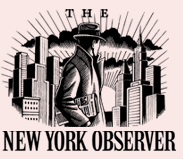 My energy level remains high, however. My output these past few years matches that of the period sampled in Light Readings, when I published weekly in the Voice and bi-weekly in the Times, or, from the late ’80s through the late ’90s, in the New York Observer and an assortment of periodicals here and abroad. That I don’t have such platforms at my disposal doesn’t signify any loss of interest in reaching the broadest possible readership for my work, just the lack of interest in that work on the part of editors at such publications (and, perhaps, my own failure to promote myself effectively to such vehicles).
My energy level remains high, however. My output these past few years matches that of the period sampled in Light Readings, when I published weekly in the Voice and bi-weekly in the Times, or, from the late ’80s through the late ’90s, in the New York Observer and an assortment of periodicals here and abroad. That I don’t have such platforms at my disposal doesn’t signify any loss of interest in reaching the broadest possible readership for my work, just the lack of interest in that work on the part of editors at such publications (and, perhaps, my own failure to promote myself effectively to such vehicles).
By my own lights, I’m at mid-career and at the height of my powers — a better writer, teacher, lecturer, curator than ever. I say that in all modesty; indeed, I’d consider it embarrassing if, almost half a century in, with so much output under my belt, I hadn’t improved my skills in all those areas.
•
Which brings me to your question, derived from a critique of Ansel Adams’s work in Light Readings, which concluded thus:
“Adams has learned well some key lessons from Strand, from Weston, and from Stieglitz, and has created a body of work which I must respect for its phenomenal extent and insistently rigorous standards of craftsmanship, but I am obliged to state also that it is a body of work to which, in the normal course of events, I never turn for solace, exaltation, insight, inspiration, or even argument’s sake.”
To what, you ask, do I nowadays turn for “solace, exaltation, insight, inspiration” in any medium?
There’s an abundance of solid, finely crafted, thoughtful work out there, to numerous examples of which I’ve paid my respects in assorted articles, monograph introductions, lectures, and other contexts. (You’ll find a number of those listed here.) But much contemporary photography, especially in recent years, strikes me as visually repetitive and conceptually safe, the result of the academicization of photography as a medium and its absorption into the art market.
In my experience, as the capacity for pattern recognition increases one’s interest in the minor quirks of individual sensibility diminishes. Certainly that’s true in my case. Hence the turn, as you’ll note if you browse this blog, from the exhibition and book reviewing that forms the bulk of the material in Light Readings to the mix of longform cultural journalism and what we might call metacriticism that predominates in what I publish here. In fact, I’m no longer confident that the kind of work I did as a critic from the late ’60s through the late ’90s remains relevant, or even possible. (See my fall 2011 London lecture, “Dinosaur Bones,” in that regard.)
So if I had to choose things photographic to take with me to permanent exile on the proverbial desert island I’d start with Robert Frank’s The Americans, W. Eugene Smith and Aileen Smith’s Minamata, a big Man Ray monograph, and one or two classic interpretive gelatin-silver prints by Wynn Bullock and Minor White. (The last may surprise you, given my caustic analysis of his influence as reprinted in Light Readings, but my admiration for his work as a visual poet has never changed.)
I’d select those items not because I’m mired in or nostalgic for the past, but because those works affected me deeply when I first encountered them and continue to reverberate today; not only did they become reference points for me, but their energies and resonances remain undiminished. Moreover, they seeded much of what I enjoy in present-day photography; so, with a limited baggage allowance, I’d opt for the original sources rather than the derivations and extrapolations.
Don’t take this to mean that I consider everything contemporary somehow unworthy of my attention. I’ll go out of my way to look at anything from Susan Meiselas, Gilles Peress, Eugene Richards, Joel-Peter Witkin, Kate Breakey, and several dozen others. And I do come across new work by people heretofore unknown to me that I take seriously — though I don’t make the rounds of the galleries and museums as regularly as I did when I worked as a reviewer, and don’t travel to as many festivals and other such events, so I don’t engage with as large a cross-section of work, past and present, as I once did.
I listen, as always, to a wide range of music: jazz, rock, world, ethnic, classical, electronic; Dylan, Leonard Cohen (I can’t recommend his Ten New Songs too highly), Björk, Sainkho Namtchylak, Billie Holiday, Ornette Coleman, early Louis Armstrong, John Cage, Josquin Des Prez. In poetry, my pleasures include Jack Spicer, Marie Howe, Carolyn Forché. I return regularly to the prose essays of Glenn Gould, Charles Olson, and Alan Sokal. Thomas Sowell’s A Conflict of Visions surprised me by clarifying some issues, both professional and personal, that I’d tried and failed to think through. Now and then I find a film that haunts me for months: Benh Zeitlin’s Beasts of the Southern Wild, Mauricio Kagel’s Ludwig van.
There’s other work in other media that nourishes me as well. Some of it is old, some new; some I return to for reacquaintance, some I’m encountering for the first time. A bewildering wealth of that which may provide any of us with “solace, exaltation, insight, inspiration” lies at the disposal of just about anyone with a public library nearby and internet access nowadays.
Because one man’s meat is another’s poison, the task of filtering the options falls, as always, on each of us as individuals. Critics best fulfill their roles when they function not as consumer guides but as exemplars of critical thinking, which can take a number of different forms and doesn’t require being right. Indeed, as Sam Tanenhaus wrote recently about the mid-century essayist Irving Howe, “Being intelligently wrong is a vital critical function. It reminds us how much is or should be at stake.” I’d like to think that, in addition to being right now and again, I’ve managed to be intelligently wrong with some degree of regularity.
•
If your brother acquired my book from the university library in 1991, that makes it a first edition, since the second edition didn’t come out till 1998. So, to keep it company on your bookshelf, I’m sending you a copy of my out-of-print 1995 collection of essays, Critical Focus: Photography in the International Image Community. It brings together the cream of what I produced when I found a platform that put my ideas in front of a broad general audience once again, starting in 1988. I hope you enjoy it as much as you did its predecessor.
I wish you and yours a productive, healthy 2015.
Best, Allan
A. D. Coleman
•
This post supported in part by a donations from Michael Zastre.



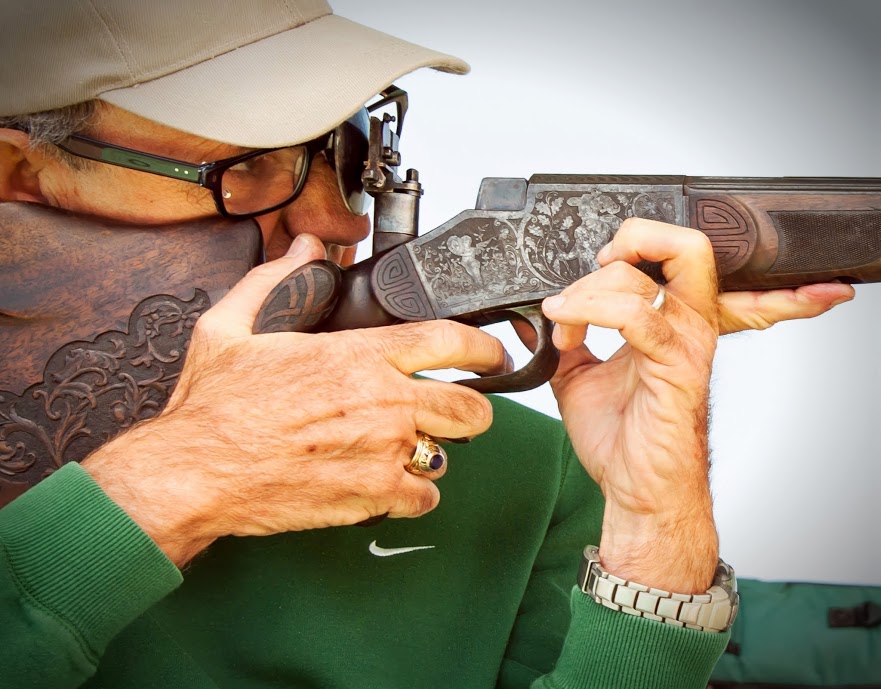
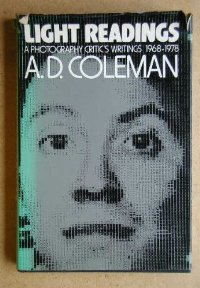
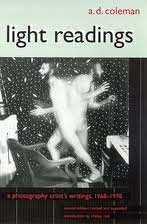
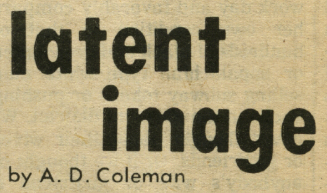
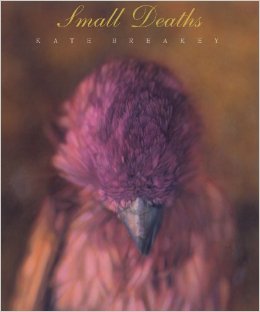
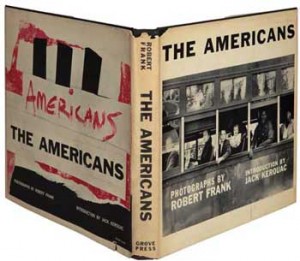
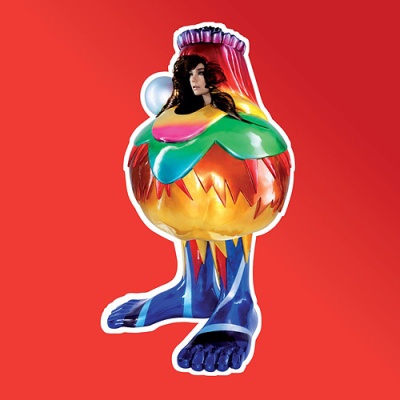
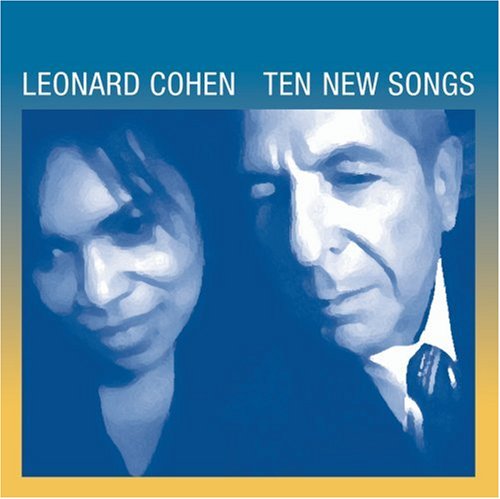





“However, I use the term artist strictly as a descriptor, not a praiseful (or blameful) signifier.”
Amen, Bro! Onward…….from your about to be 80 comrade!
Carl
Hey there –
Great post about the guy who discovered Light Readings. Thanks for sharing that, but it doesn’t surprise me a bit! Happy new year ahead and keep up the great work!
TA
I’ve ordered your book from Amazon UK – very easy to find – and I’m looking forward to reading it. I too found your website only recently and I’ve really enjoyed the articles.
Don’t be surprised that your books are read, reread and read again. I have old worn copies of Critical Focus, Light Readings and Depth of Field that can generally be found at various locations in the house ready to be perused as time permits. Each of these are my go to books when traveling. I’ve learned so much about photography from these books alone.
Thanks,
John
You’re certainly welcome.
It doesn’t surprise me that people in the field of photography read me. I does gratify me to learn that people with no particular connection to the medium find my work stimulating.